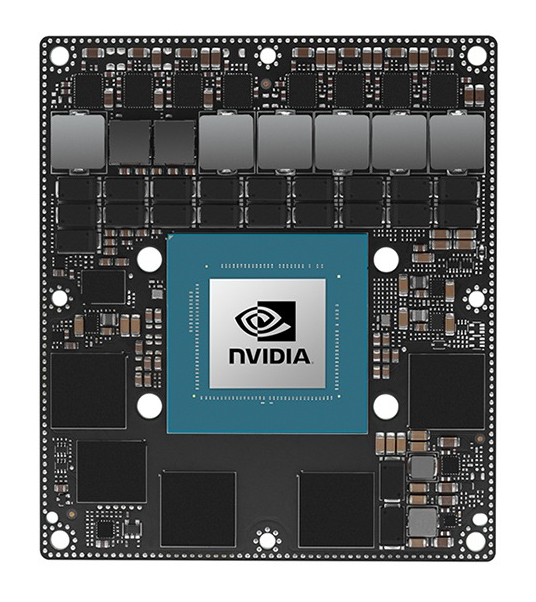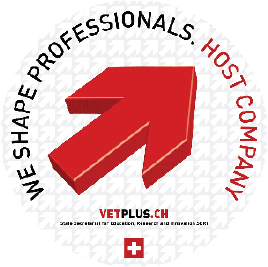



Software Engineering at RFbeam Microwave
At RFbeam, we develop software for a wide range of target systems, including FPGA, GPU, MCU and radar chips. As a software engineer I am involved in every phase of a project, from the initial prototype to the final product. This end-to-end involvement ensures that we maintain a high level of quality and innovation throughout the development process.
Our approach to software engineering is holistic and collaborative. We work closely with hardware engineers to ensure seamless integration between software and hardware components. This synergy is crucial, especially when dealing with the complex requirements of radar technology. Our expertise spans across various platforms and technologies, allowing us to tailor our solutions to meet the specific needs of each project.

Hardware integration
The radar Frontend generates analog signals which are sampled by the FPGA. This digitalized data is then sent via a video interface to the Nvidia GPU. Here the data undergoes processing to generate a target list. Each target contains information about the distance to the radar, the speed perpendicular to the radar, the signal strength and its azimuth and elevation angles relative to the radar.
During this processing phase the GPU must also ensure the integrity and reliability of the data. It continuously monitors hardware sensors, such as temperature sensors, to prevent overheating and maintain optimal performance. Additionally, the GPU ensures that the processed data can be streamed to a remote application where it is visualized and analysed in real-time.
Nvidia
Jetson
The Nvidia Jetson platform is a powerful and versatile solution for edge computing, designed to handle complex calculations and data processing tasks with ease. It offers a range of models such as the Jetson Nano, Jetson AGX Orin and Jetson Xavier NX, each tailored for different levels of performance and power efficiency. One of the standout features of the Jetson platform is its flexibility in software development, including the ability to build custom Linux drivers and modify the device tree to suit specific hardware configurations. This capability allows developers to optimize the GPU for a wide variety of applications.
CUDA
CUDA stands for Compute Unified Device Architecture. It is designed to enable developers to harness the parallel processing capabilities of Nvidia GPUs for general-purpose computing. The core idea behind CUDA is to allow a programmer to write code that runs on the GPU using an extension of the C/C++ programming languages.
The CUDA programming model revolves around the concept of kernels. A kernel is a function that is executed on the GPU. When a kernel is launched, many instances of this function (threads) are created. Each thread runs the same code but operates on different data. This is called Single Instruction Multiple Threads (SIMT). Threads are grouped into blocks and blocks are organized into a grid.

AGX Orin
The latest Nvidia GPU that we use at RFbeam is the AXG Orin. It features an 8-core ARM Cortex-A78AE CPU, a 2048-core Nvidia Ampere GPU with 64 Tensor Cores and 32GB of LPDDR5 memory, delivering up to 200 TOPS of AI performance.
The AGX Orin allows us to push the boundaries of what’s possible with radar technology. Its impressive processing power and energy efficiency are crucial for implementing sophisticated algorithms and machine learning models directly on our devices. With its powerful specifications we can achieve real-time processing and analysis to ensure our radar systems deliver accurate and reliable data in various applications.

About Me

Hello! I’m Jens a software engineer at RFbeam, with a bachelor of science in electrotechnics and a passion for technology. I specialize in developing software for radar sensor systems. Over the years I’ve had the opportunity to work on a wide range of projects, from initial prototypes to final products.
Conclusion
Thank you for joining us on this journey through the world of software development. We hope this blog has given you valuable insights into our approach to software engineering, hardware integration and the use of Nvidia GPUs. If you have any questions or would like to learn more, feel free to reach out. Stay tuned for more updates and insights from RFbeam!
